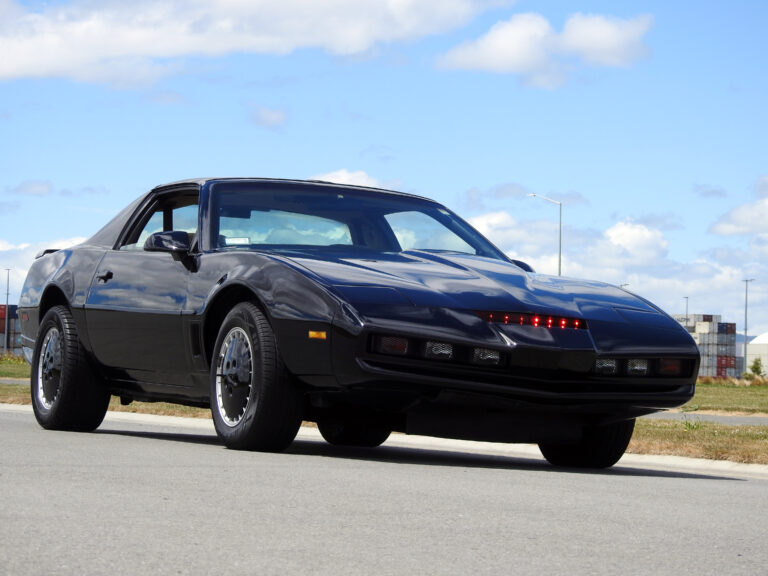Have you ever wondered why the 2009 BMW 1M was never called the M1, like every other M-series car that the automaker has ever produced? It’s because of this car — the incredibly rare BMW M1.
In the ’70s BMW wanted to enter into GT Racing (what would later become the Procar Series), and the German-designed horses were to be built under an agreement with Italian manufacturer Lamborghini. However, conflicts arose between the companies, which prompted BMW to produce the car themselves in-house.
With a production run of a mere 457 units, only 399 sold as road cars from 1978 to 1981, while the rest were used for racing purposes — the car also claims the title of BMW’s first mid-engined model to be mass-produced, and now commands a price tag of £500,000 or more for what little of them remain today.
But that’s enough ramblings from us, watch, and more importantly listen to the beautiful sounds of the BMW M1 as driven by James from the YouTube channel MR JWW.


